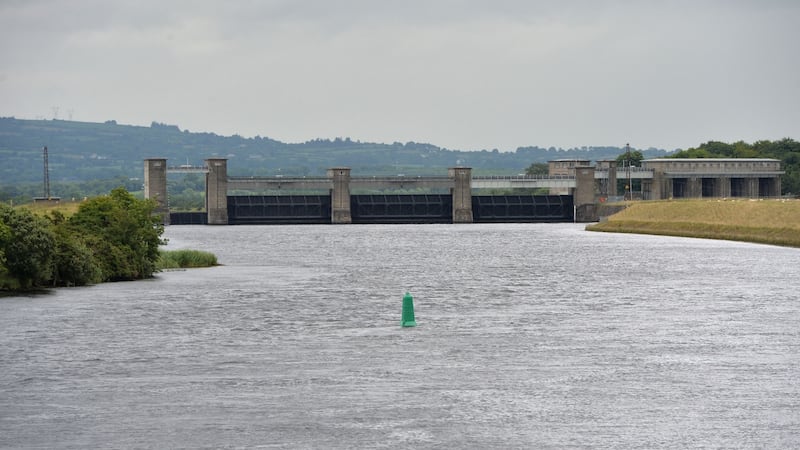An alternative report on extending the Western Rail Corridor from Athenry in Co Galway to Claremorris in Co Mayo has strongly contradicted the findings of an official report.
The earlier report, carried out by consultants EY for the Department of Transport and published in December 2020, had concluded the case for reopening the disused railway line was weak.
However, the latest 200-page report, written by former ESRI research professor Dr John Bradley, has rebutted the key findings of the department’s report.
Dr Bradley’s report has concluded that capital costs of restoring the 54km railway line are 50 per cent lower, and journey times from Claremorris and Tuam to Galway considerably quicker, than estimates in the EY report.
The report was commissioned by West-on-Track, a community group that has been campaigning for many years for a rail corridor down the Atlantic seaboard connecting Waterford and Rosslare to Cork, Limerick, Galway, Mayo and Sligo. It said it commissioned this report to challenge the EY report, which it claims is “fundamentally flawed”.
In 2010, phase one of the Atlantic Railway Corridor extension was completed with the opening of the Limerick to Galway line via Athenry. Notwithstanding doubts about its feasibility, the line carried more than 500,000 passengers in 2019.
At issue is phase two, which proposes to connect Athenry to Tuam and Claremorris by rail. A key argument of the Bradley report is that the cost for restoring the rail tracks and sleepers, modern signalling, engineering, bridges and nine new level crossings along the 54km route would amount to €128 million. That is less than half of the €263 million figure in the EY report.
Faster than bus
Another conclusion of the Bradley report is that the railway line would make the journey to Galway from Tuam and Claremorris faster than bus and “in many cases” faster than car, especially at peak times, as Galway has major problems with traffic congestion. The earlier report stated rail would be slower than car or bus.
The difference between the findings relates to varying interpretation of the average speed of the trains and the “interchange” times – the time allowed for passengers to alight from the train at a station and board another train.
According to the Bradley report, the journey times from Claremorris and Tuam to Galway would be 58 minutes and 38 minutes, respectively, much shorter than the times set out in the earlier report.
It also envisages a tranche of tourist traffic of 23,000 passengers per annum on top of the 550,000 daily passenger journeys. The Bradley report also envisages a subvention that would be less than half the figure estimated by the earlier reprot.
Minister for Transport Eamon Ryan said last December that the case for the reopening of the line was weak, but he added that he would like to see “wider review” to see if there was a case for the development of the Claremorris line in a larger context.
Another local campaign group has argued that the old rail line be converted instead to a cycle greenway.
















